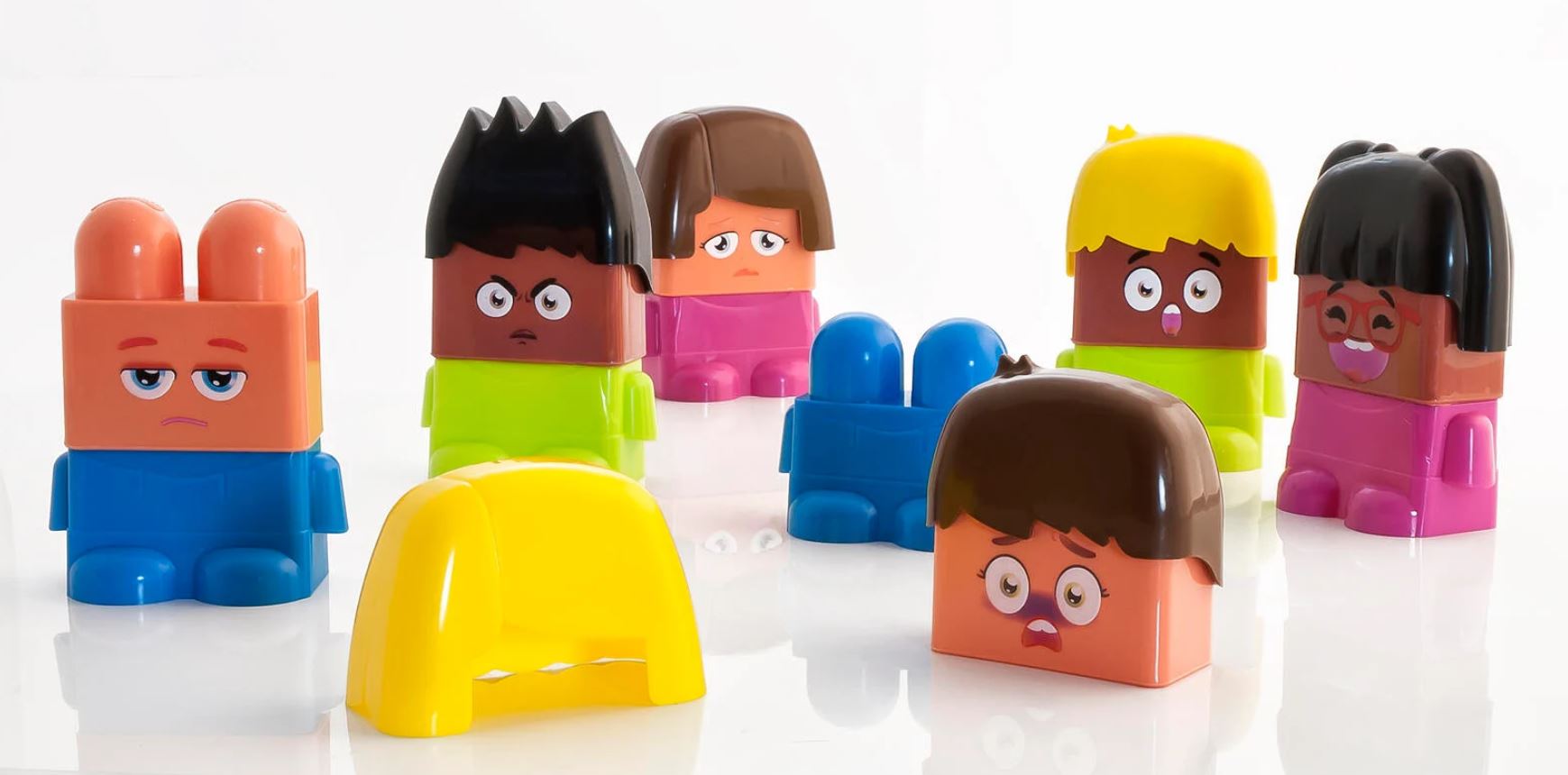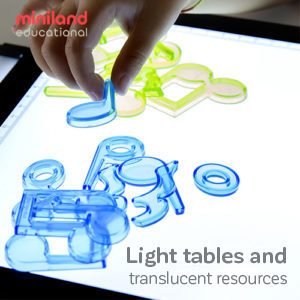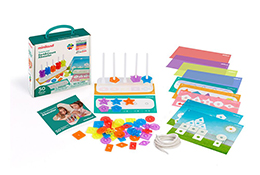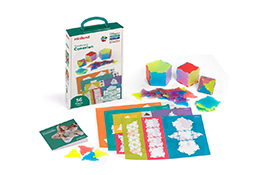8 MINUTE READ
According to StopBullying.Gov, children as young as 12 months can be aggressive when relating to their peers.
Peer aggression has been studied extensively among young children (ages 3-5) and has been found to be very common in preschool and kindergarten.
In fact, peer aggression is more likely among young children than any other age group (Hanish, Kochenderfer-Ladd, Fabes, Martin, & Denning, 2004).
The difference between younger children and older children is that a young child’s understanding of “bullying” and their experience with it differs greatly from older school-aged children in many ways:
- Preschoolers think of “bullying” differently: Young children think of it as another child being “mean” or “hurtful”. They don’t have the maturity or skills to understand the power imbalance of another child bullying them. They have a limited understanding of intention and motivation. They aren’t yet able to realize and reflect on their own behavior and the behavior of the child who is bullying them.
- It’s hard to measure the extend of bullying during pre-school: Unlike older school-aged children, younger children aren’t able to communicate as easily so bullying can go on undetected for quite a number of years until the child is fully able to express their experiences and how those experiences made them feel.
- Very young children are at the most risk for being bullied: Children ages 2-5 are especially vulnerable given their lack of assertiveness and understanding of emotions. Pre-school is likely to be the first place outside of the child’s home where children learn how to interact and become aware of other same-aged children.
It’s up to Teachers like you to assess group interactions and identify children with particular social emotional needs and difficulties.
- Provide opportunities to demonstrate kindness and respect: Ensure your classroom is one that is welcoming, understanding and compassionate. Have toys and games available that will naturally motivate them to demonstrate nurturing actions and compassion. For example, having a bin of dolls ready, like our Miniland Dolls and Fastening Dolls, offer opportunities for children to demonstrate simple acts of cuddling, rocking, and feeding. Doll play has enormous benefits including teaching empathy and understanding.

- Discuss and model positive behavior: Provide your students with opportunities to better communicate and express themselves, thereby resulting in positive behavior and interactions. For example, children at this age especially find it difficult to pinpoint what it is they’re feeling, why they’re feeling a certain way and what those emotions could cause others to feel around them. By giving them fun and engaging toys like our Emoticapsules or Emotions Detective game, children can help verbalize the name of the emotion, how it affects others and what they could do differently the next time they feel that way. The biggest factor here is to always let your students know it is OK TO FEEL whatever it is they feel. It’s a real emotion that deserves recognition and acceptance.
- Offer praise to encourage positive behavior towards others: As the “leader” of your classroom, you can reinforce positive and kind behavior through words that encourage repetition. For example, when Tommy asks nicely to borrow the block that Andrew is playing with, you can amplify that behavior by saying “Tommy, you asked Andrew for that toy so nicely. Thank you for doing that.” “Andrew, thank you so much for sharing with Tommy. You’re such a good friend.”

- Explain how hurtful bad behavior towards another student can be: Using visuals as an example, demonstrate through role-play that when Sarah grabbed a toy out of Alejandra’s hand without asking if she could play with it, it caused Alejandra to cry and get upset. Ask your students “What else could Sarah say to Alejandra if she wanted to play with that toy?” “What if Alejandra still wanted to play with the toy, what could she say to Sarah to tell her that?” Make it clear that using your words in a positive and kind way to work and interact with one another is an expectation you have in the classroom. The more they practice these skills with you, the more likely they are to model that behavior at home.
- Help your students distinguish between friendly teasing and bullying: This concept might be especially difficult to communicate to children of this age group, but it can be done. The overlap of “teasing” versus verbal bullying can be confusing. The best way to go about it is identifying if there is cruel intent. Is the child purposely saying these words or behaving this way to cause emotional pain to the other student? Often times, students who bully other students are being bullied themselves. Take the time to talk to the students you feel are being affected. Ask them about what happened. Have them show you with toys if they can’t express themselves properly yet.
Bullying in the classroom is nothing to be ashamed or afraid of. Children are learning to express themselves, share their emotions and test boundaries at this age. Look at it as an opportunity to make a difference in these children’s lives by equipping them with the tools they need to develop over the next few years. Self-regulating their emotions and being able to communicate respectfully with their peers is a concept that will have long-lasting effects on the students you teach.



